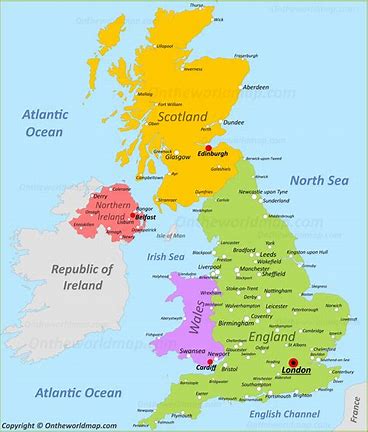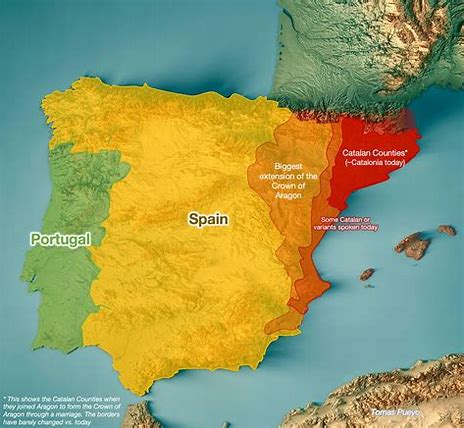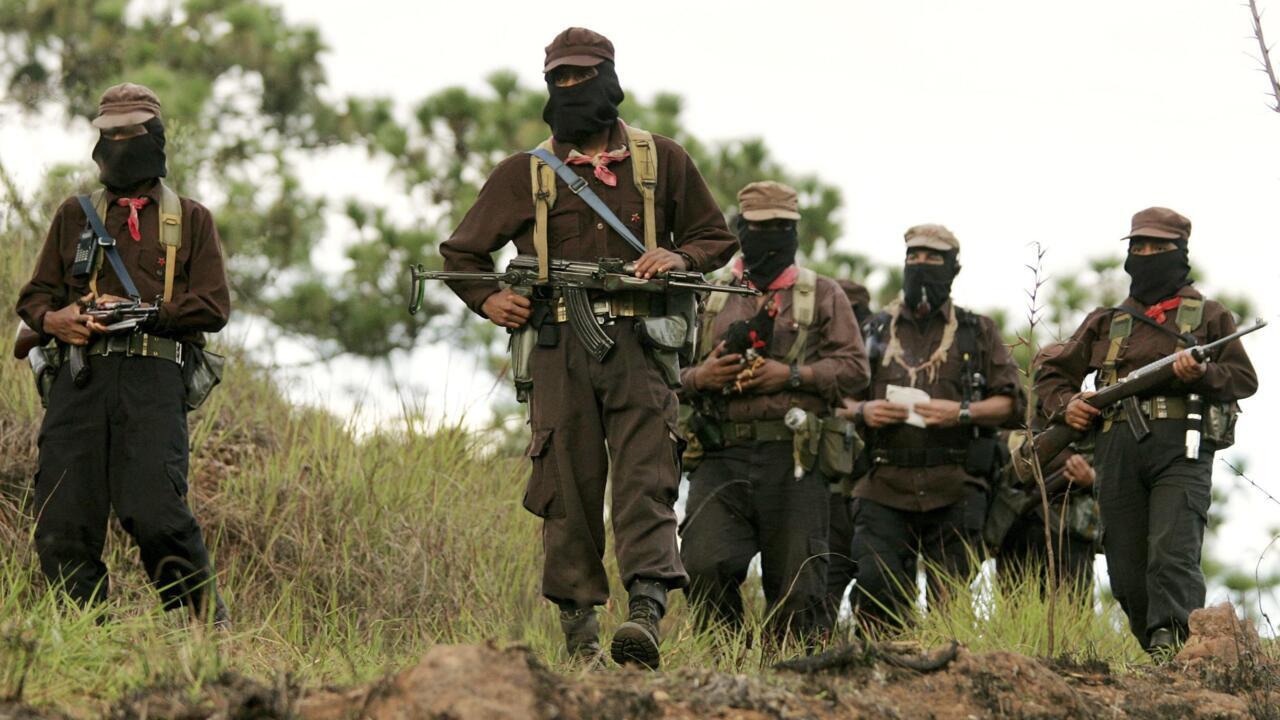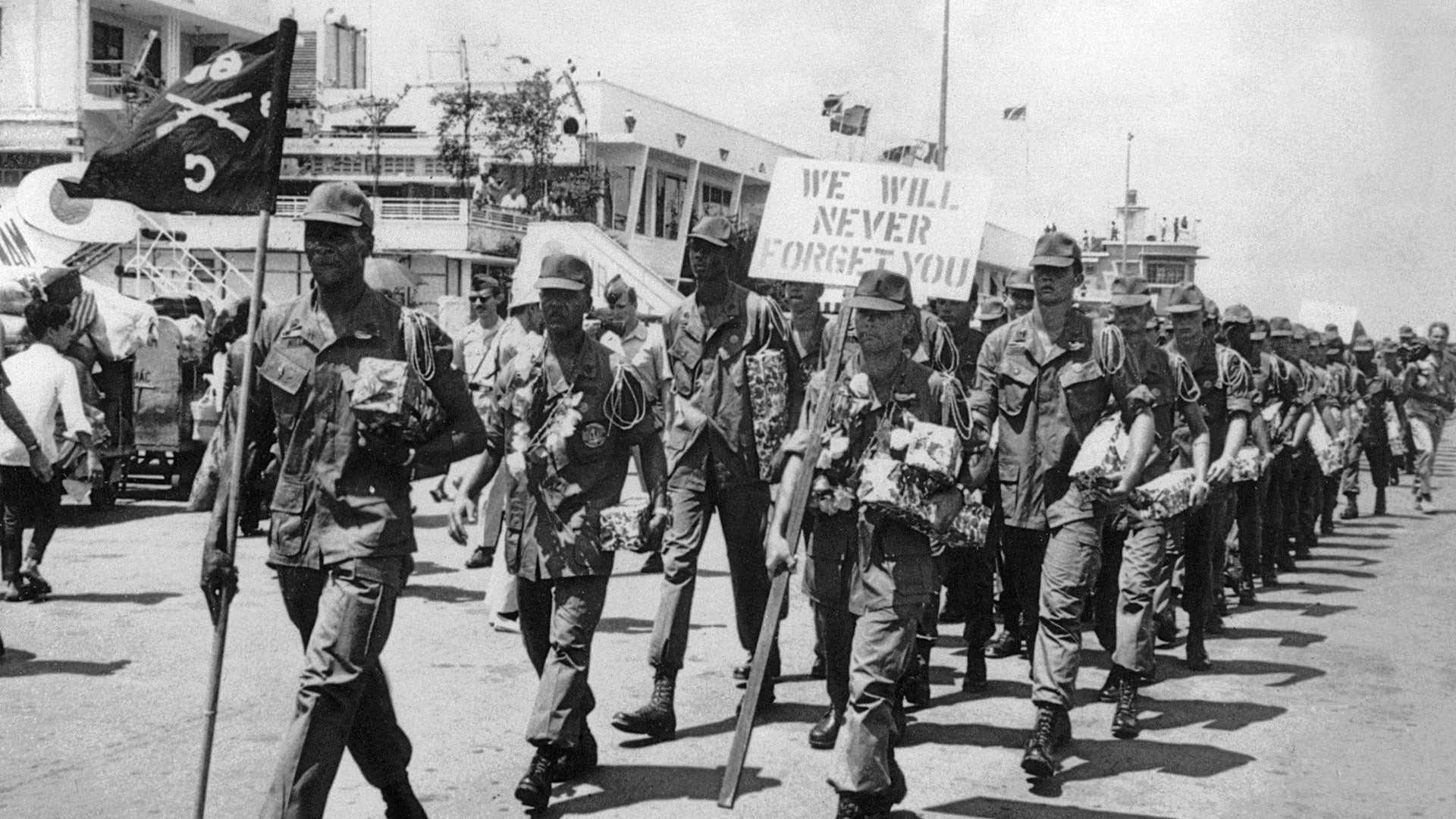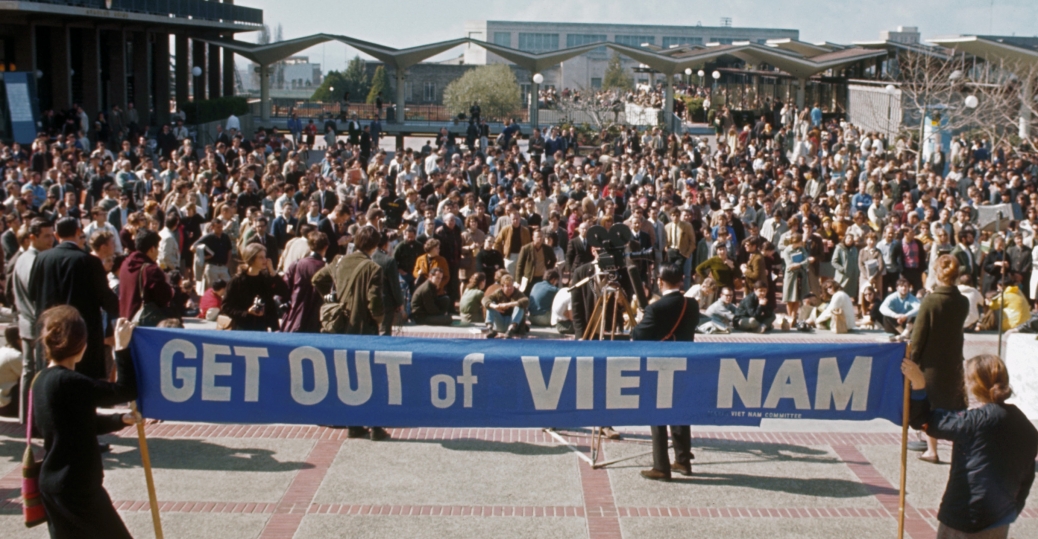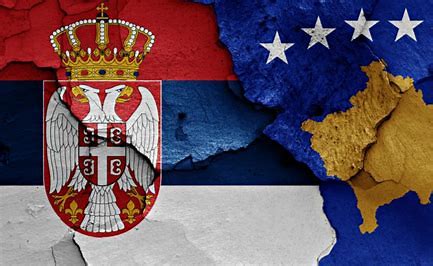
Introduction
The Kosovo Conflict, which took place from 1998 to 1999, was a crucial event in the breakup of Yugoslavia and shaped the political landscape of the Balkans. It was primarily a struggle between the ethnic Albanian population, led by the Kosovo Liberation Army (KLA), and the Federal Republic of Yugoslavia (FRY), composed of Serbia and Montenegro, under the leadership of Serbian President Slobodan Milošević. The conflict resulted in extensive human suffering, displacement, and international intervention, notably from NATO, which played a decisive role in bringing the war to an end.

Historical Background
Kosovo, a province in southern Serbia, has long been a point of contention due to its ethnic makeup and cultural significance. Historically, Kosovo was the heartland of medieval Serbian culture and Orthodox Christianity, with sites such as the 1389 Battle of Kosovo Field, which marked a defining moment in Serbian history. However, by the 20th century, Kosovo’s demographics had shifted, and the ethnic Albanian majority, primarily Muslim, became a central issue in the region.
The tension between Serbs and Albanians in Kosovo dates back to the early 20th century when the Ottoman Empire collapsed, and Kosovo became part of Serbia. Throughout the 20th century, Albanians faced repression and discrimination under Serbian and later Yugoslav rule, leading to deep-seated grievances.
When Josip Broz Tito ruled Yugoslavia (1945–1980), Kosovo was granted significant autonomy within the Socialist Federal Republic of Yugoslavia (SFRY). After Tito’s death and the rise of nationalism in the 1980s, Slobodan Milošević, then a Serbian politician, began advocating for the centralization of Yugoslavia and the reduction of Kosovo’s autonomy. In 1989, Milošević revoked Kosovo’s autonomy, leading to widespread discontent among Kosovo Albanians.
Escalation of the Conflict
Throughout the 1990s, as Yugoslavia disintegrated into a series of ethnic wars in Croatia and Bosnia, Kosovo remained under tight Serbian control. Kosovo Albanians, led by the Democratic League of Kosovo (LDK) and its leader Ibrahim Rugova, adopted a strategy of passive resistance, boycotting Serbian institutions and creating parallel structures for education, healthcare, and governance. However, the failure of this peaceful approach to achieve independence or greater autonomy led to the emergence of the Kosovo Liberation Army (KLA) in the mid-1990s.
The KLA, a paramilitary organization, sought to use armed resistance to force Serbian forces out of Kosovo and establish independence. In response, the FRY, under Milošević’s command, escalated military and police operations to crush the KLA insurgency. By 1998, violence had spiraled out of control, with widespread massacres, arbitrary arrests, and ethnic cleansing of Kosovo Albanians by Serbian forces.
The International Response
The growing violence in Kosovo quickly attracted international attention. The United Nations, NATO, and the European Union were deeply concerned about the rising humanitarian crisis, the mass displacement of civilians, and the risk of the conflict spreading to neighboring countries like Albania and Macedonia. Western governments were particularly sensitive to the legacy of the Bosnian War (1992–1995), where delayed intervention had allowed ethnic violence and genocide to occur.
In October 1998, NATO issued an ultimatum to Milošević, threatening military intervention if he did not cease his campaign in Kosovo. Despite temporary compliance, the situation continued to deteriorate. The international community, led by the United States and European powers, initiated peace talks in Rambouillet, France, in early 1999. The Rambouillet Agreement proposed the deployment of NATO peacekeeping forces in Kosovo and substantial autonomy for the province. While the Kosovar Albanians were willing to accept the terms, Milošević rejected the proposal, viewing it as an infringement on Serbia’s sovereignty.
NATO Intervention
With diplomatic efforts exhausted and the humanitarian crisis worsening, NATO launched a 78-day aerial bombing campaign against Yugoslavia on March 24, 1999, without United Nations authorization. This marked the first time NATO had taken military action against a sovereign state without a UN mandate. The bombing campaign aimed to force Milošević to withdraw Serbian forces from Kosovo, stop the ethnic cleansing, and allow international peacekeepers to enter the region.
The airstrikes targeted a range of military and strategic assets, including bridges, factories, and communications infrastructure, alongside Serbian military units in Kosovo. While NATO’s bombing campaign succeeded in severely weakening Yugoslavia’s military capacity, it also caused significant collateral damage, including civilian casualties and the destruction of vital infrastructure.

In response, Serbian forces intensified their crackdown in Kosovo, accelerating the mass expulsion of ethnic Albanians. By the time the conflict ended in June 1999, an estimated 1.5 million Kosovars had been displaced, with over 10,000 killed, the majority of them ethnic Albanians. The conflict also saw reports of war crimes, including mass killings, rape, and forced deportations carried out by Serbian forces, which were later investigated by international tribunals.
Resolution and Aftermath
In June 1999, Milošević, faced with mounting military losses and international isolation, agreed to NATO’s terms. The war officially ended with the signing of the Kumanovo Agreement, under which Yugoslav forces withdrew from Kosovo, and NATO peacekeepers entered the province. This marked the beginning of a new era for Kosovo, although its political status remained unresolved.
The United Nations Security Council passed Resolution 1244, which placed Kosovo under UN administration (UNMIK) while maintaining that Kosovo was legally part of Serbia. NATO’s Kosovo Force (KFOR) was deployed to maintain peace and security. Kosovo Albanians, who overwhelmingly favored independence, viewed the intervention as a victory, while many Serbs considered it a profound national humiliation.
Kosovo’s post-war period was characterized by instability, economic hardship, and deep ethnic divisions. Large numbers of Kosovo Serbs fled the province, fearing reprisals from Albanians. Those who remained found themselves in isolated enclaves, relying on NATO forces for protection. Over time, international efforts focused on rebuilding Kosovo’s infrastructure, fostering reconciliation, and creating the foundations for self-governance.
Kosovo’s Declaration of Independence
The political status of Kosovo remained a contentious issue in the years following the conflict. The international community was divided, with Western powers favoring Kosovo’s independence, while Russia and China supported Serbia’s claim to sovereignty over the province.
On February 17, 2008, Kosovo unilaterally declared independence from Serbia. This declaration was recognized by the United States, the majority of EU member states, and other Western countries, but it was vehemently opposed by Serbia and its allies, including Russia and China. Serbia, supported by these countries, referred the case to the International Court of Justice (ICJ). In 2010, the ICJ ruled that Kosovo’s declaration of independence did not violate international law, but the ruling did not resolve the political dispute.
As of 2023, over 100 countries, including the majority of Western nations, have recognized Kosovo’s independence, although it remains unrecognized by Serbia, Russia, China, and several other countries. Kosovo continues to face significant challenges, including high unemployment, weak governance, and lingering ethnic tensions between its Albanian majority and Serbian minority.
Conclusion
The Kosovo Conflict was a pivotal event in the breakup of Yugoslavia and the broader Balkan Wars of the 1990s. It underscored the dangers of ethnic nationalism and the complexities of international intervention in internal conflicts. NATO’s involvement in Kosovo, though controversial, played a decisive role in ending the violence and securing a degree of autonomy for the province. However, the long-term consequences of the conflict, particularly regarding Kosovo’s status and relations with Serbia, continue to shape the region’s political landscape. While Kosovo’s declaration of independence marked the formal end of the conflict, the lingering issues of sovereignty and ethnic division remain unresolved, making Kosovo a focal point of geopolitical tensions in the Balkans.
source: History maniac

